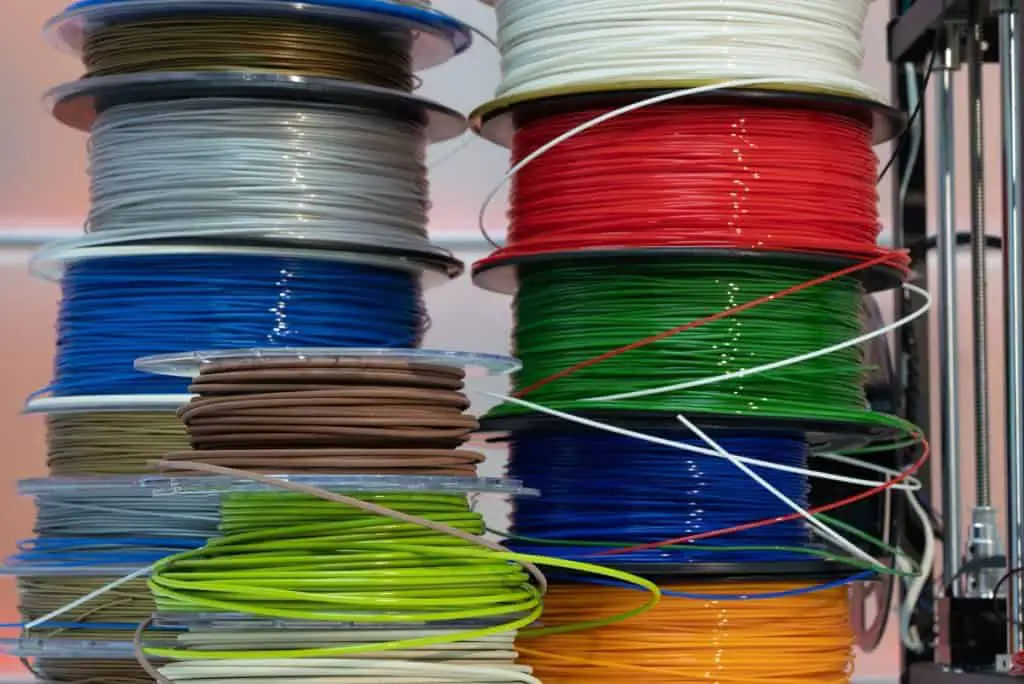
If you’re new to 3d printing, you may be asking yourself how much filament gets used to print something, and how much do I really need to have at home? I can tell you that I have been in the hobby for years and still ask myself these questions sometimes. In this article, I’m going to go over the average cost of filament, the amount of filament used to print 3d objects (with examples), and how much filament I recommend you keep at home.
The amount of filament you need to keep at home can vary drastically by how much you print and how long it takes you to get new spools of filament.
I recommend you keep 3-4 spools of different color filament on hand. I tend to keep a spool of the three colors I commonly use or know I will be using soon, and an extra one of the most common colors I have been using recently (can vary based on what I have been printing).
If you only print with a couple of colors, you will be fine with keeping 2-3 spools of filament on hand.
Keep reading to see why this is my recommendation and to see examples of things I printed and how much filament it took to print them.
Overview of Filament Sizes and Weight
Filament Spool Options
Filament spools come in two standard sizes, 1kg and 3kg, with the most common one being the 1kg spool. Actually, most filament makers only have 1kg options, but if you use that brand and color often, the 3kg roll may be the right choice as it can save you some money in some cases. Just make sure you do the math before buying a 3kg roll as there may be no savings at all (see table below).
| 1 KG Spool | 3 KG Spool | Savings | |
|---|---|---|---|
| LulzBot PolyLite PLA | $24.99 | $69.99 | $4.98 |
| PrimaCreator PLA | $29.90 | $69.90 | $19.80 |
| Proto-Pasta Matte Fiber HTPLA | $39.99 (.5kg) | $239.94 | $0 |
Filament Diameters Options
Filament can have a diameter of either 1.75mm or 2.85mm. While there are advantages/disadvantages of each, I’m not going to get into them in this article because it isn’t related to how much filament you need. Just know that the two options exist and that you should be buying the one that is compatible with your printer/extruder.
It’s easy to accidentally order the wrong one when you are buying filament online. About a year ago, I made the mistake of not paying attention to what I was buying and accidentally purchased three 2.85mm spools that would not work with my old printer. Fortunately, I was able to return them, but it still cost me time.
Average cost of Filament
I’m going to calculate the cost of 1g of filament for three of the common brands I tend to use (see table below). The calculations in the table are based on the price of the 1kg spool and don’t take into account the cost of shipping or tax.
| Price Per 1KG Spool | Price per Gram | |
|---|---|---|
| HATCHBOX PLA | $22.99 | $0.03 |
| Proto-Pasta HTPLA | $39.99 | $0.04 |
| OVERTURE PLA | $21.99 | $0.022 |
As you can see, the price of HATCHBOX’s and OVERTURE’s filament are close. Still, HATCHBOX offers better dimensional accuracy, so I tend to use HATCHBOX’s filament the most, so the rest of this article will use their 1g cost. That said, Proto-Pasta makes exceptional filament, and I do use it if I’m making something as a gift or need a specialty filament.
Amount of Filament Used to Print 3d Objects (With 11 Examples)
Headphone Stand
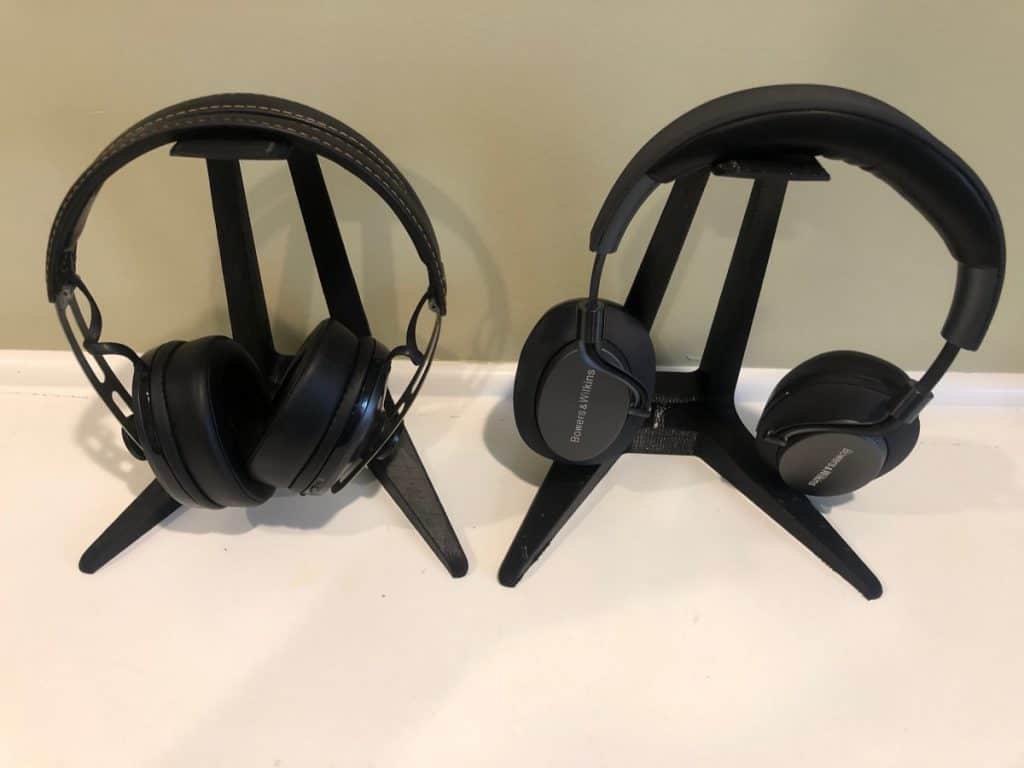
- Filament Used: 138.91g
- Cost of filament: $3.05
- Amount per 1kg spool: 7.20
SD/USB Holder
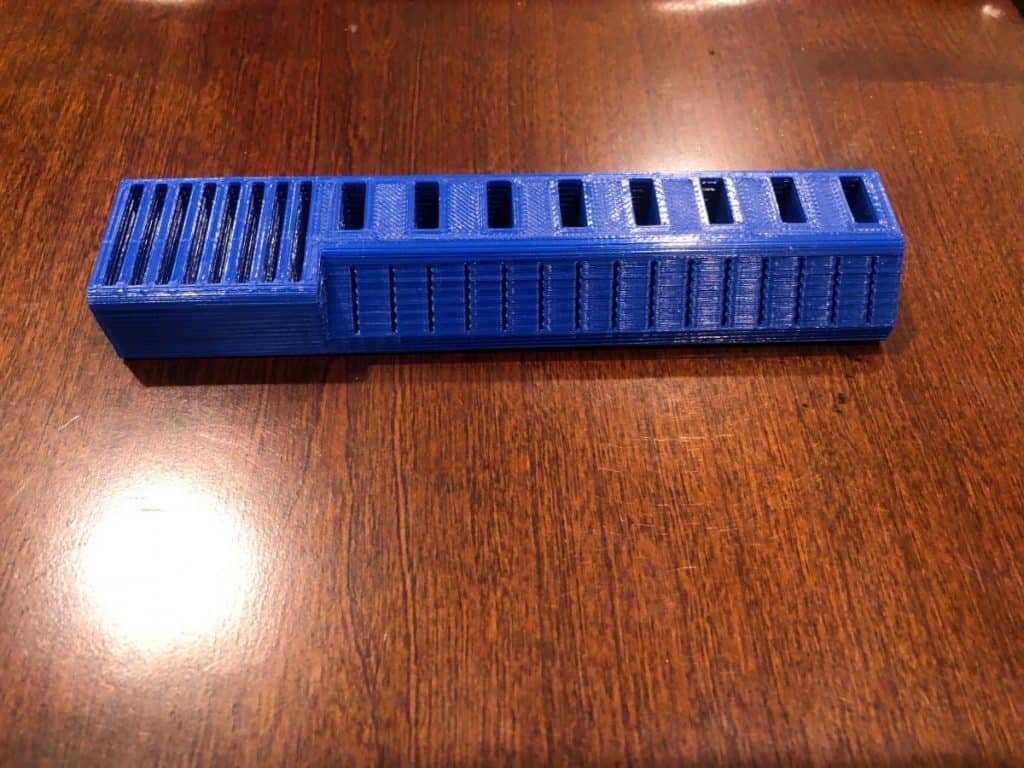
- Filament Used: 61.68g
- Cost of filament: $1.36
- Amount per 1kg spool: 16.21
Destiny Gambit Coin
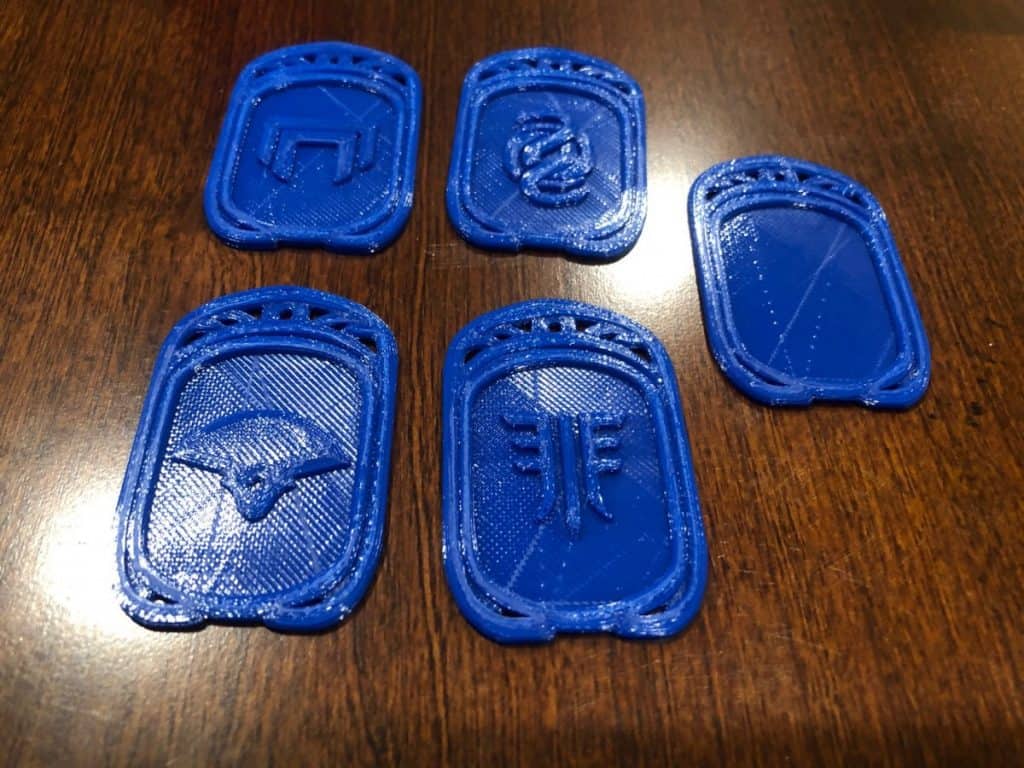
- Filament Used: 2.32g *Per coin
- Cost of filament: $0.05
- Amount per 1kg spool: 431.03
Benchy

- Filament Used: 12.71g
- Cost of filament: $0.28
- Amount per 1kg spool: 78.68
Mini Octopus
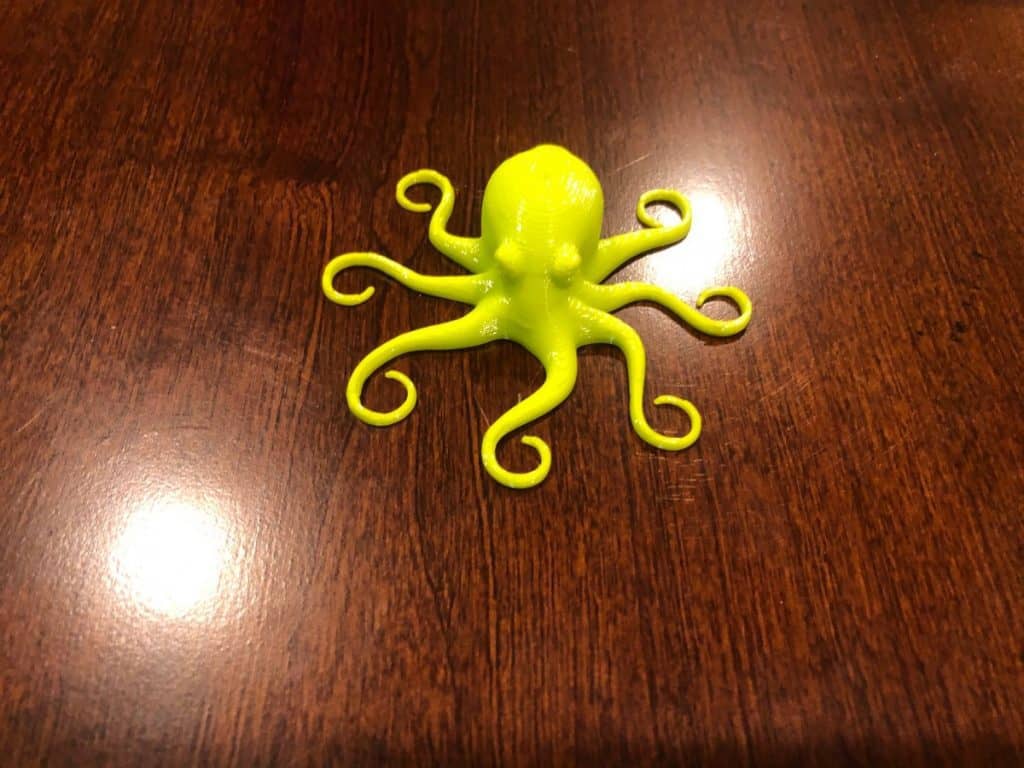
- Filament Used: 6.10g
- Cost of filament: $0.13
- Amount per 1kg spool: 163.93
Calibration Square (505020)
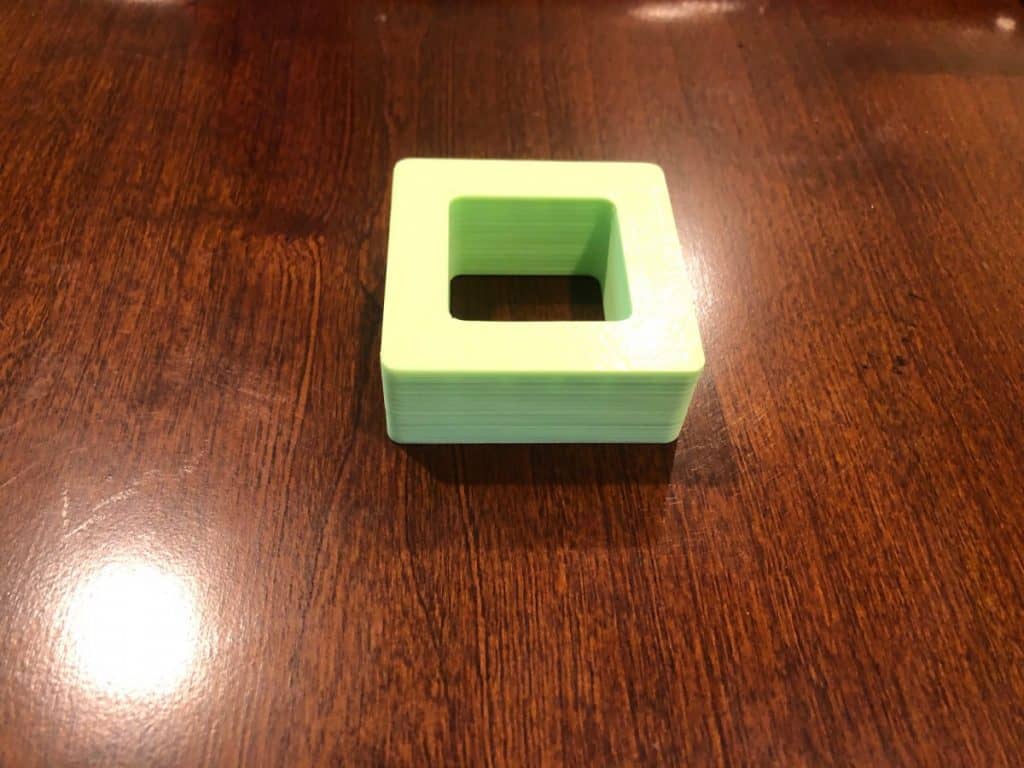
- Filament Used: 15.72
- Cost of filament: $0.35
- Amount per 1kg spool: 63.61
Marvin Keychain
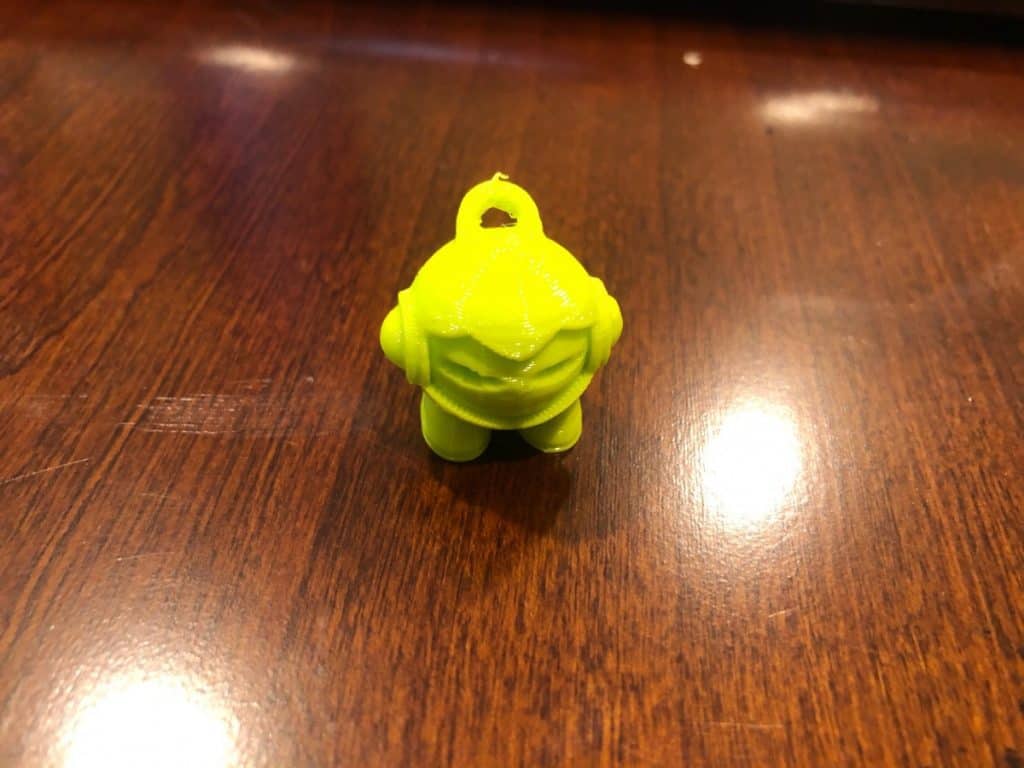
- Filament Used: 3.01g
- Cost of filament: $0.07
- Amount per 1kg spool: 332.23
Bracelet Bead Holder
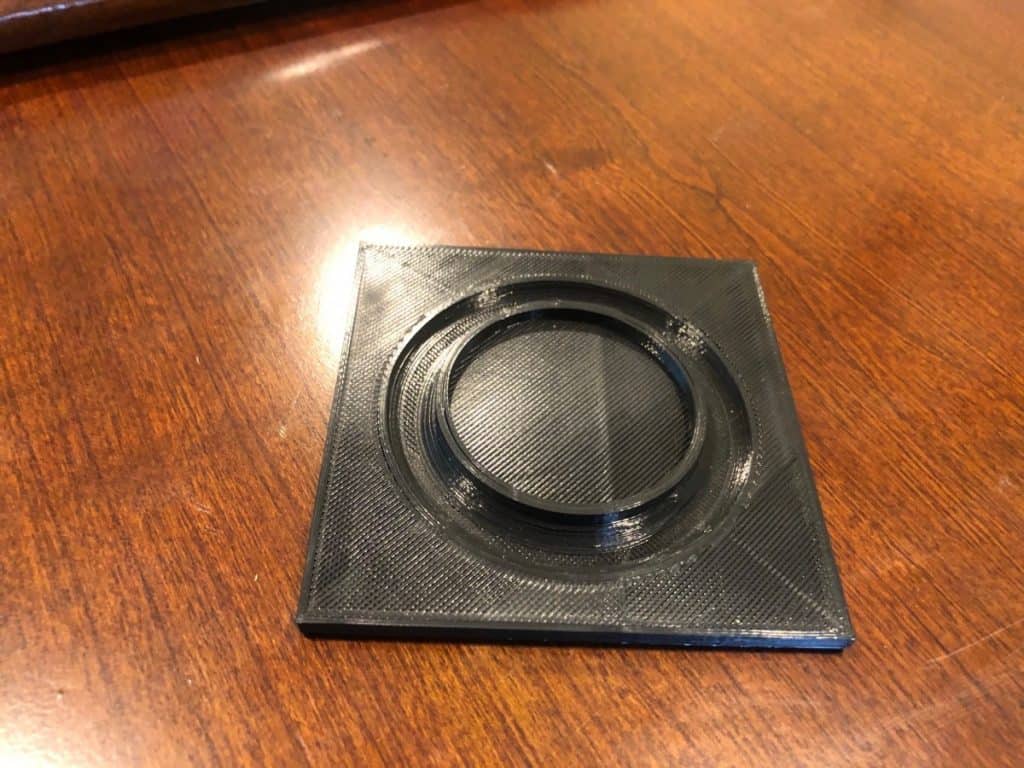
- Filament Used: 17.74g
- Cost of filament: $0.39
- Amount per 1kg spool: 56.37
Plier Stand
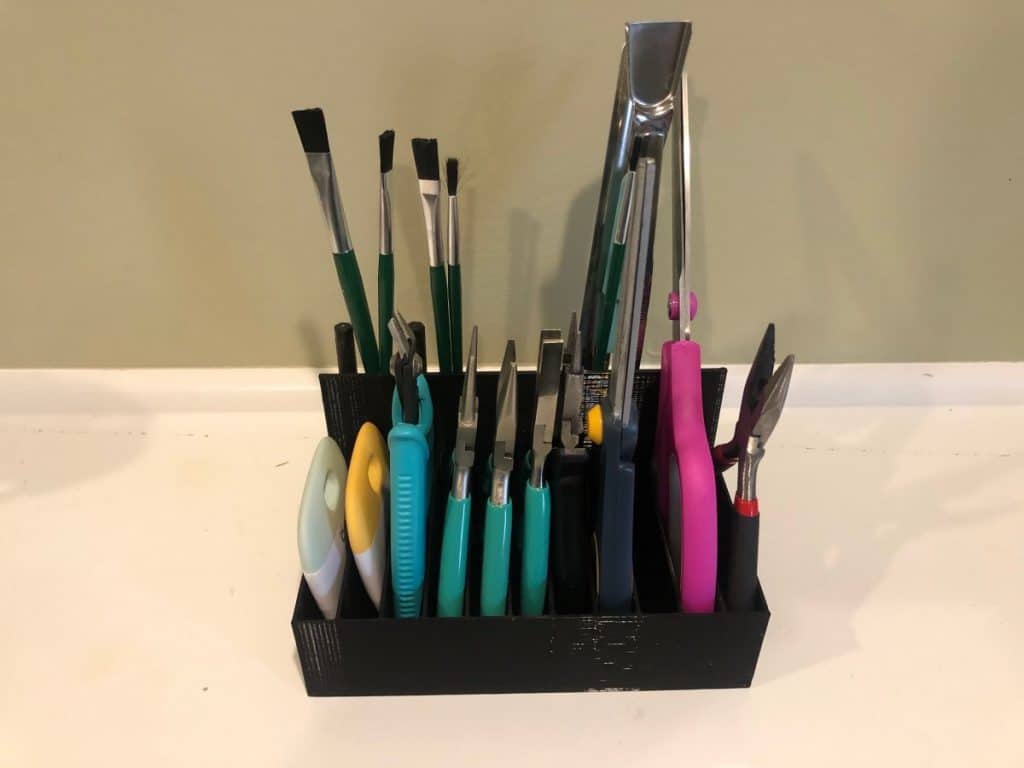
- Filament Used: 232.47
- Cost of filament: $5.11
- Amount per 1kg spool: 4.30
Cricut Tool Holder
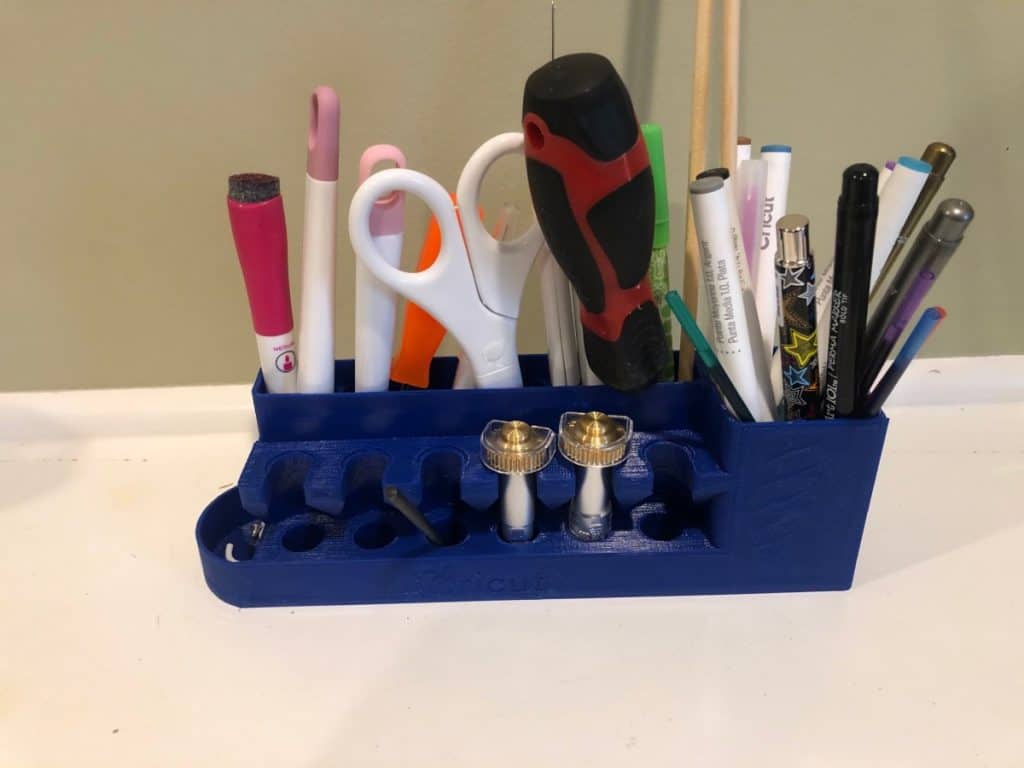
- Filament Used: 204.11
- Cost of filament: $4.49
- Amount per 1kg spool: 4.90
The results above can vary based on the infill percentage, but as you can see, a $23 spool of filament can go a long way.
Amount of filament used to purge extruder or to change filament
When you change your filament or just run a purge, you wast a small amount of material 0.35g to be exact(based on purge from my Taz 6 printer). What that means is it will cost you a dollar to run a purge 129 times. So don’t be afraid to change your filament out, remove it for storage when not in use, or run a purge to clean out the extruder.
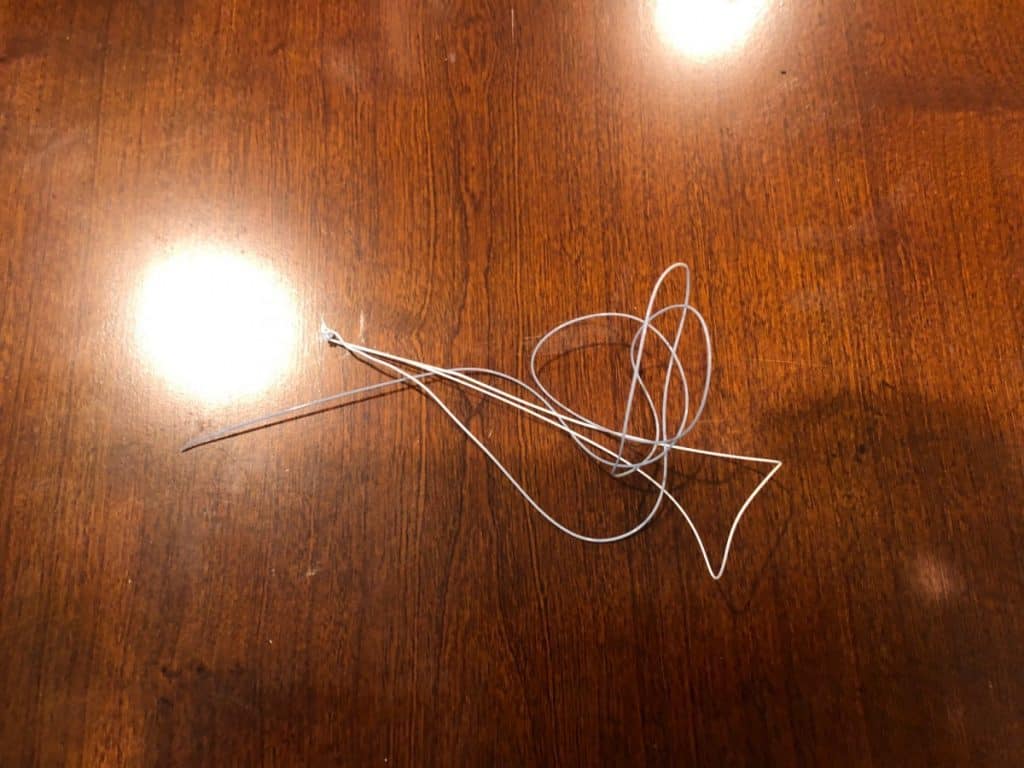
Amount of filament used for build plate adhesion
The most common build plate adhesion method is the skirt (a line printed around the object that is not connected to it), so I’m going to use that for this calculation. I just finished printing a camera arm for my printer and used a skirt on it. The skirt on this print used 0.10g of material, which cost me $0.002.
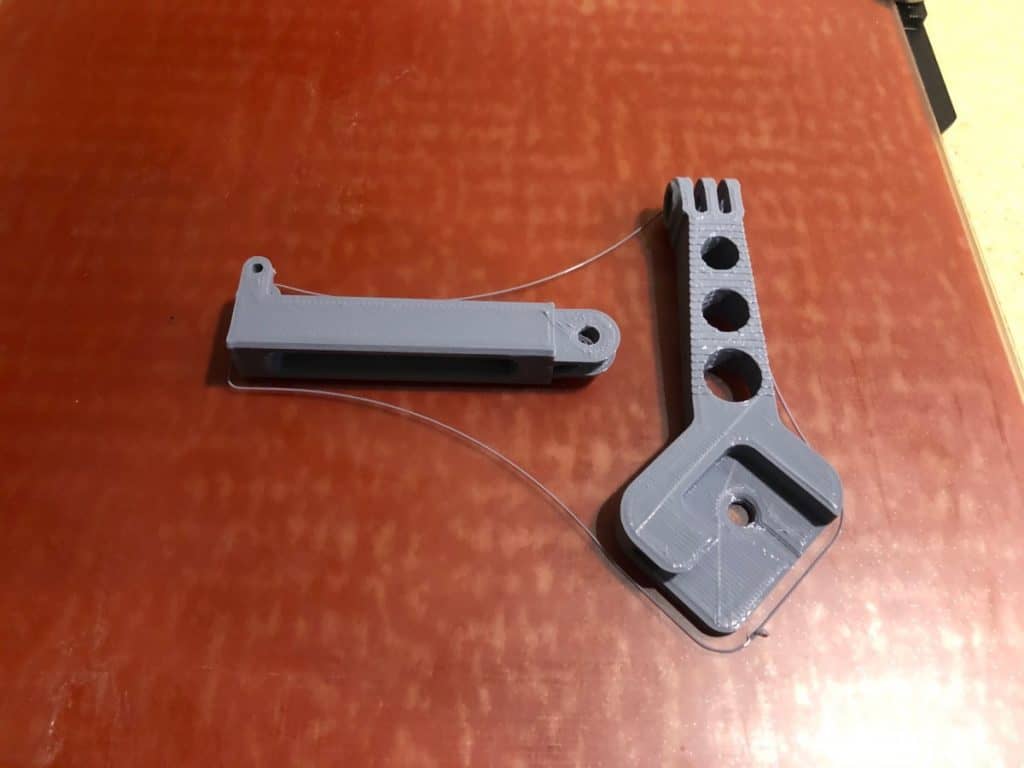
I included this section in this article because I wanted to show you that the extra cost to add a built plate adhesion to the print is a non-issue. This cost can go up a little if you make a large brim or raft, but it still won’t be enough to make an impact on anything.
How Much Filament Should I Stock at Home
The amount of filament you should store at home depends on how much you print and how long it will take you to get another spool of filament if needed. I recommend you keep 3-4 spools of different color filament on hand. I tend to keep a spool of the three colors I commonly use or know I will be using soon, and an extra one of the most common color I have been using recently. If you run your printer 24/7 and live in a remote area that Amazon doesn’t offer two-day delivery to, you may want to consider stocking up more than my recommendation. Now let’s talk about why.
Why keep more than just the spool I’m using?
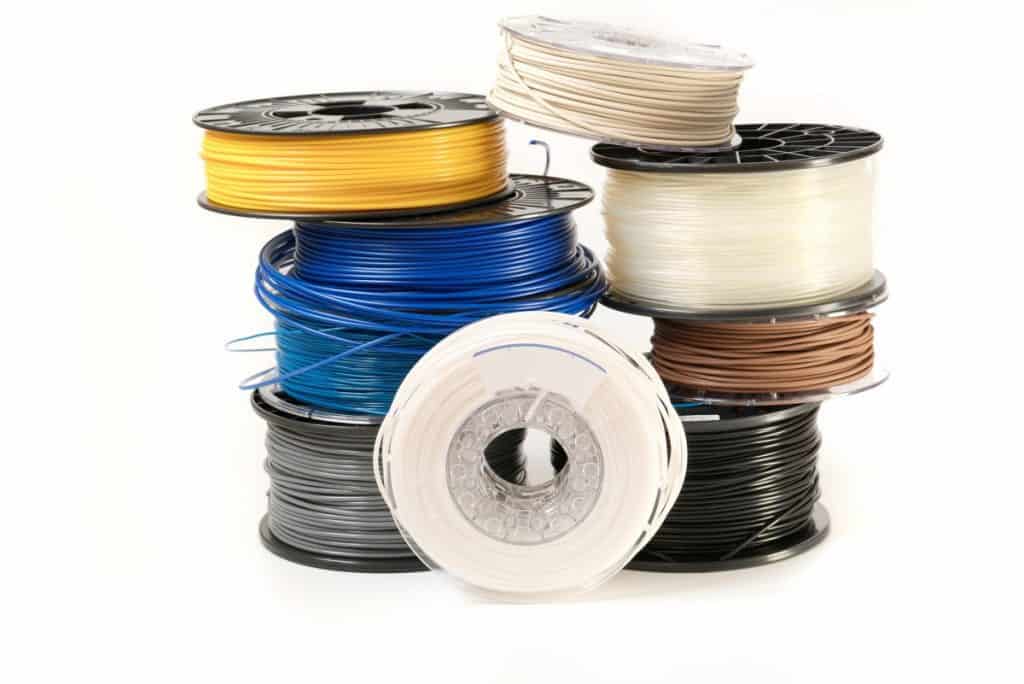
I like to keep a couple of colors around to give me options when I want to print something. If I’m printing something that I don’t plan on sanding and printing (which is most of what I print), I care about the color I will be printing it in. For example, if I were printing an Iron Man mask for my son (I know this is a very specific example, but I just finished printing one), I would not want to print it in red and gold, not some other ransom color I may have laying around.
On the other hand, if I was just printing a tool holder or something similar, I wouldn’t care about the color and would just use what I have the most of. Now you may ask why I don’t just stock up and keep a bunch of colors/spools at home, and for me, it comes down to two main reasons. The first one being the cost of filament just sitting around not getting used, and the second on being filament has a shelf life, which we will discuss in the next section.
When it comes down to it, there is no one size fits all here. It takes some people 2-3 months to use a 1kg roll of filament, and others who have multiple printers can chew through that in a day (I’ve seen examples of both).
Filament life span
On average, PLA filament can last 2-3 years in the original vacuum-sealed package and about a year or so once opened if stored correctly. If you don’t store the filament correctly, the humidity will get to it and significantly reduce the lifespan. In a high humidity area, its possible for high-quality PLA filament to go bad in less than a month, and some specialty filaments, like nylon, may not even last a week.
Why is this? Most of the commonly used filaments are hygroscopic, meaning they absorb moisture from the air. What that means is it can cause the filament thickness to be inconsistent, affecting the quality of your prints.
Other potential problems include:
Weakened Filament: The excessive moisture has been known to cause micro-breaks that can cause breaks or weaken the final print.
Jammed Print Heads: The moisture can cause the filament to swell in size and can potentially jam the print head. When this happens, you will need to clean or replace the print head.
*Note: Not all filament is made equally, and results will vary.
How to store the filament
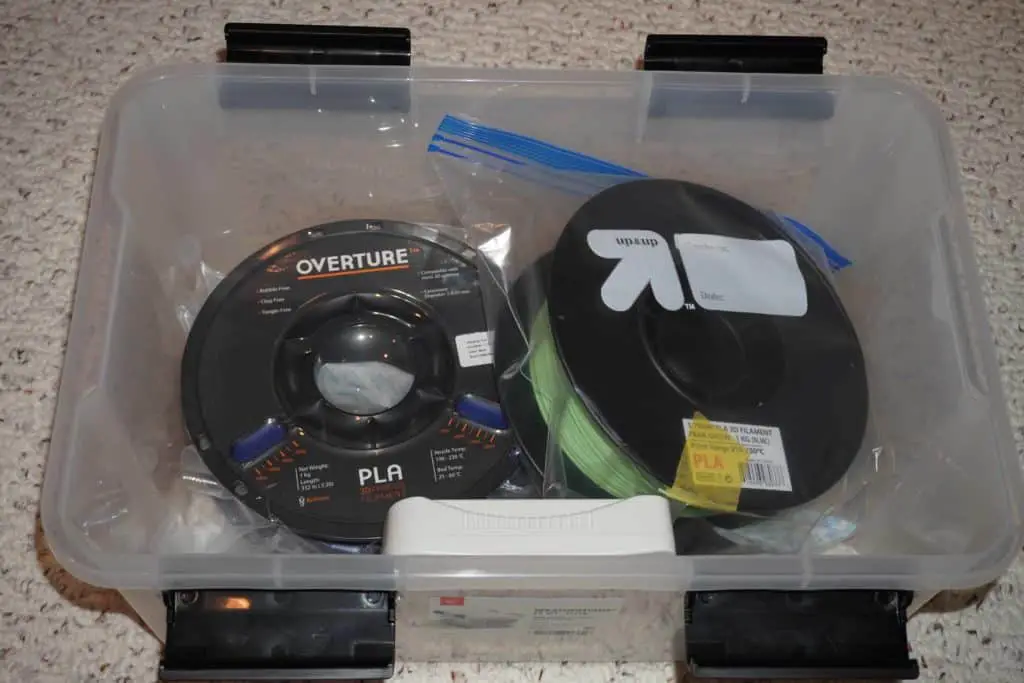
Properly storing unused filament can significantly extend its lifespan. We are talking about going from around a month to potentially a year. So if you keep partially used spool around, you want to make sure they are stored correctly.
As I mentioned above, the main issue you need to overcome is humidity, and you have many options available to do so.
Here is a list of common storage options.
Generic Watertight Containers: Larger watertight container, like this one I purchased on Amazon, are great for storing 4-5 spools of filament. You will need to keep a desiccant of some sort in the container as well. I’m using this rechargeable mini dehumidifier, which has been working well.
Filament Storage Box: Filament storage boxes are great to store one or two spools you are actively using. I have a Polymkaer Polybox which can store two 1kg or one 3kg spool of filament and provides you a digital readout of the current humidity level in the box.
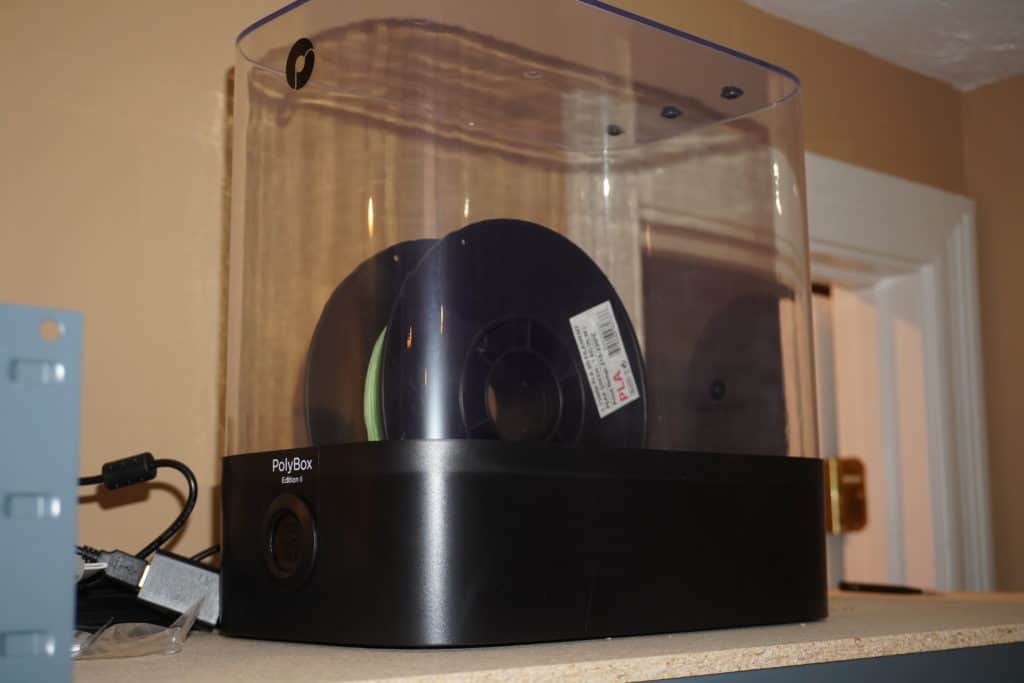
Filament Storage Bags: Filament storage bags are similar to large Ziplock bags but are more rigid and design to store filament. Most of them come with silica gel and a holder for it. Here is my favorite filament storage bag currently available on Amazon.
Vacuum Bags: Vacuum bags are an excellent option for long term storage of open filament rolls. Just put the roll in the bag with some silica gel and vacuum all the air out. I would not recommend using them as an everyday storage option because of the amount of time required to do it right, though if you get a small hand pump, it may save you time. These are the vacuum bags I recommend, they are relatively cheap and come with the hand pump.
Ziplock Bags: Ziplock bags are similar to filament storage bags, but they are not made explicitly for filament, though they are cheaper. You can get a 1kg spool of filament in most 1gallon bags. You also want to make sure you are using a desiccant, like silica gel, to absorb the moisture in the storage option of your choice. You can pick up one-gallon ziplock bags from pretty much any local retailer, or you can check these out on Amazon.
Silica Gel: You will need silica gel to absorb the moisture in the storage option you are using. You can get them in premade bags or larger quantity tubs like this. If you decide to go with the tub option, you will need to have some sort of container for them. Keep in mind that silica gel can only absorb so much moisture before they need replacing, or recharged.
Mini Dehumidifier: Most of the mini dehumidifiers that don’t use power have rechargeable silica gel in them. They tend to have a small footprint and are an excellent option for larger storage boxes. They are cheap and can be recharged in 8-10 hours. I have purchased this one multiple times in the past and have had great success with them. I still using the first one I bought (it was for a fire-resistant safe) five years ago.
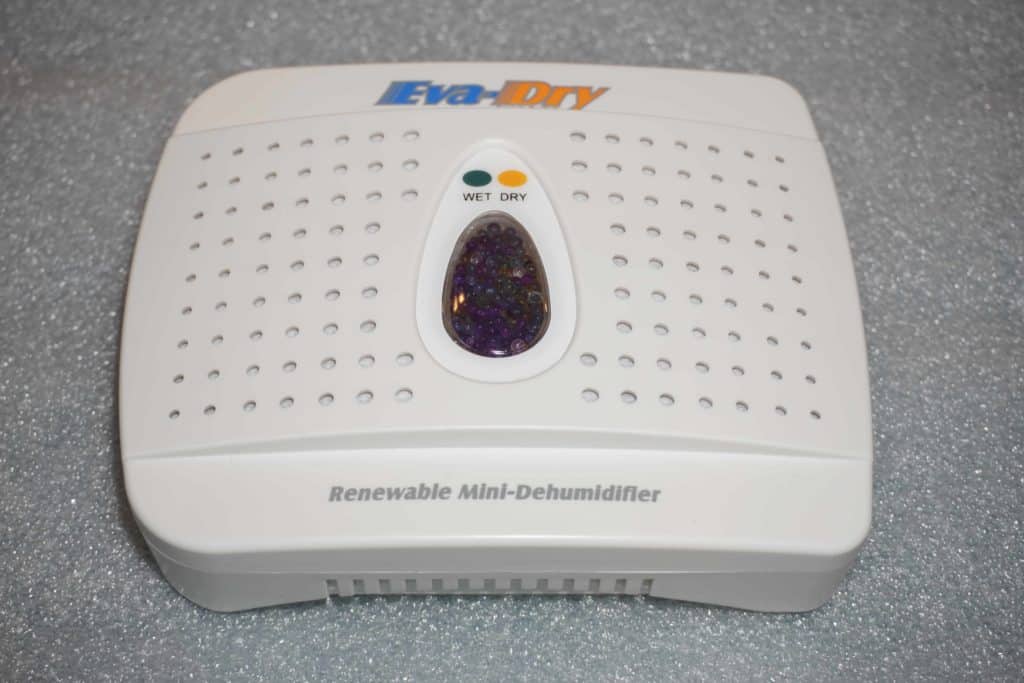
You can read the full article I wrote on storage options here.
How Much Resin Should I Stock at Home
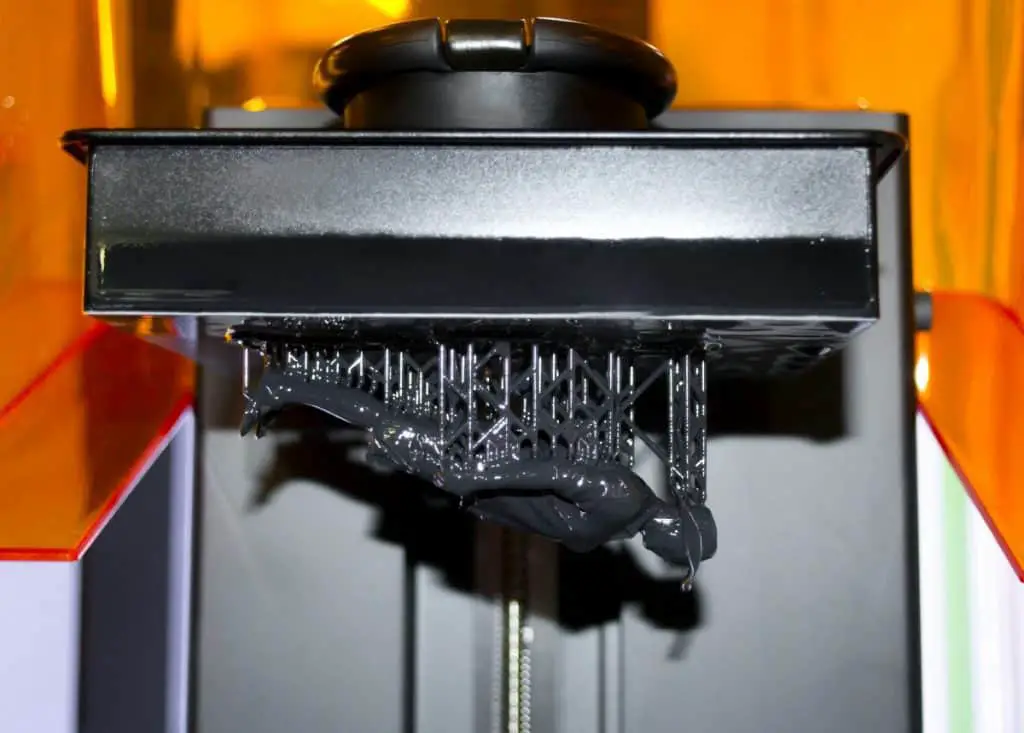
So far, this article has been focused on filament that is used in fused deposition modeling (FDM) printers, but I think its also worth covering stereolithography (SLA) printers. If you have an SLA printer, you know its an entirely different world. SLA printers use resin instead of filament, and many times the resin is not interchangeable between printers.
Resin options are extremely limited compared to the options available for filament, but there are still multiple colors and variances available. I’m not going to dig too deep into the options available, but if you are interested, you can read the article I wrote on choosing SLA printer resins.
Now let’s talk about how much resin we should be kept at home. I personally only stock what I know I’m going to be using in the next month. This is typically only 1-2 bottles. I don’t see the value in keeping more than that because I’m not using the printer every day and changing the resin can be a messy job. I would be interested in hearing how many bottles you guys tend to keep at home, so please leave a comment with your thoughts.
Here is a list (in my opinion) of the top 10 resigns available today. You can read more about choosing SLA printer resins in the article I wrote here.
- Siraya Tech Fast
- AnyCubic 3D Printer Resin
- eSun bio Resin
- Monoprice Rapid UV Printer Resin
- NOVA3D 3D Printer Resin
- ELEGOO 3D Rapid Resin
- Siraya Tech Tenacious
- Sparkmarker 3D Printer SLA Resin
- Monocure 3D Rapid Resin
- SainSmart Rapid UV
- Blu – Siraya’s Strong and Precise High-Res Resin
If you have had a good experience with other resins, please leave a comment below. I’m always interested in trying out new ones.
Recap of What We Learned
In this article, we discussed why the amount of filament you need to keep at home could vary drastically, went over examples of how much filament different prints I did use, and that I recommend you keep 3-4 spools of different color filament on hand. We also discussed why I tend to keep a spool of the three colors I commonly use or know I will be using soon, and an extra one of the most common color I have been using recently. In addition to that, we covered the basics around SLA printers and how much resin you should be kept at home.
Make sure you check out our YouTube channel, and if you would like any additional details or have any questions, please leave a comment below. If you liked this article and want to read others click here.
